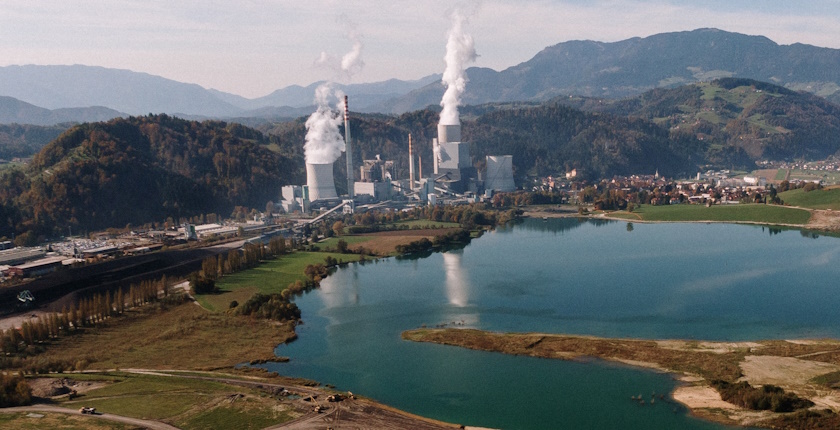
Photo: Wirestock on Frepik
The Export-Import Bank of the United States (Exim) has approved a USD 57 million loan to support pre-construction engineering and feasibility studies for two new units at Romania’s Cernavodă nuclear power plant complex. At the same time, Canada has offered up to CAD 3 billion (EUR 2.1 billion) to finance the installation of Canadian CANDU-6 reactors at the site.
Cernavodă, Romania’s sole nuclear power plant, already operates two CANDU (Canada deuterium uranium) reactors. They enabled savings of 205 million tons of CO2 since commissioning, Romanian media reported, citing data from Nuclearelectrica, Romania’s state-run nuclear operator.
Canadian Minister of Energy and Natural Resources Jonathan Wilkinson has said that the CAD 3 billion loan would go to Nuclearelectrica to buy supplies or services for Cernavodă from Canadian companies.
The loan from the US Exim Bank will be used to finance technical services provided by the US. It will be disbursed to EnergoNuclear, a Romanian company in charge of the construction, commissioning, and operation of units 3 and 4.
The new reactors at Cernavodă are expected to be commissioned by 2031
Romanian Minister of Energy Sebastian Burduja has said that the construction of the two reactors is expected to be completed in eight years. Earlier, Nuclearelectrica CEO Cosmin Ghita claimed that units 3 and 4 were expected to enter commercial operation in 2030 and 2031 respectively, adding 10 TWh of clean energy to the national energy system.
Along with the Cernavodă project, Romania is also working on the deployment of a small modular reactor (SMRs) at the former coal-fired power plant in Doiceşti.
Poland inks deal with US-based Westinghouse, Bechtel on its first nuclear power plant
Earlier this week, Polish power utility Polskie Elektrownie Jądrowe signed an engineering services contract with Westinghouse Electric Company and Bechtel for Poland’s first nuclear power plant.
The Lubiatowo-Kopalino nuclear power plant, which is planned to be designed and built by the two US companies, is expected to begin commercial operation in 2033, according to the announcement.


















Be the first one to comment on this article.